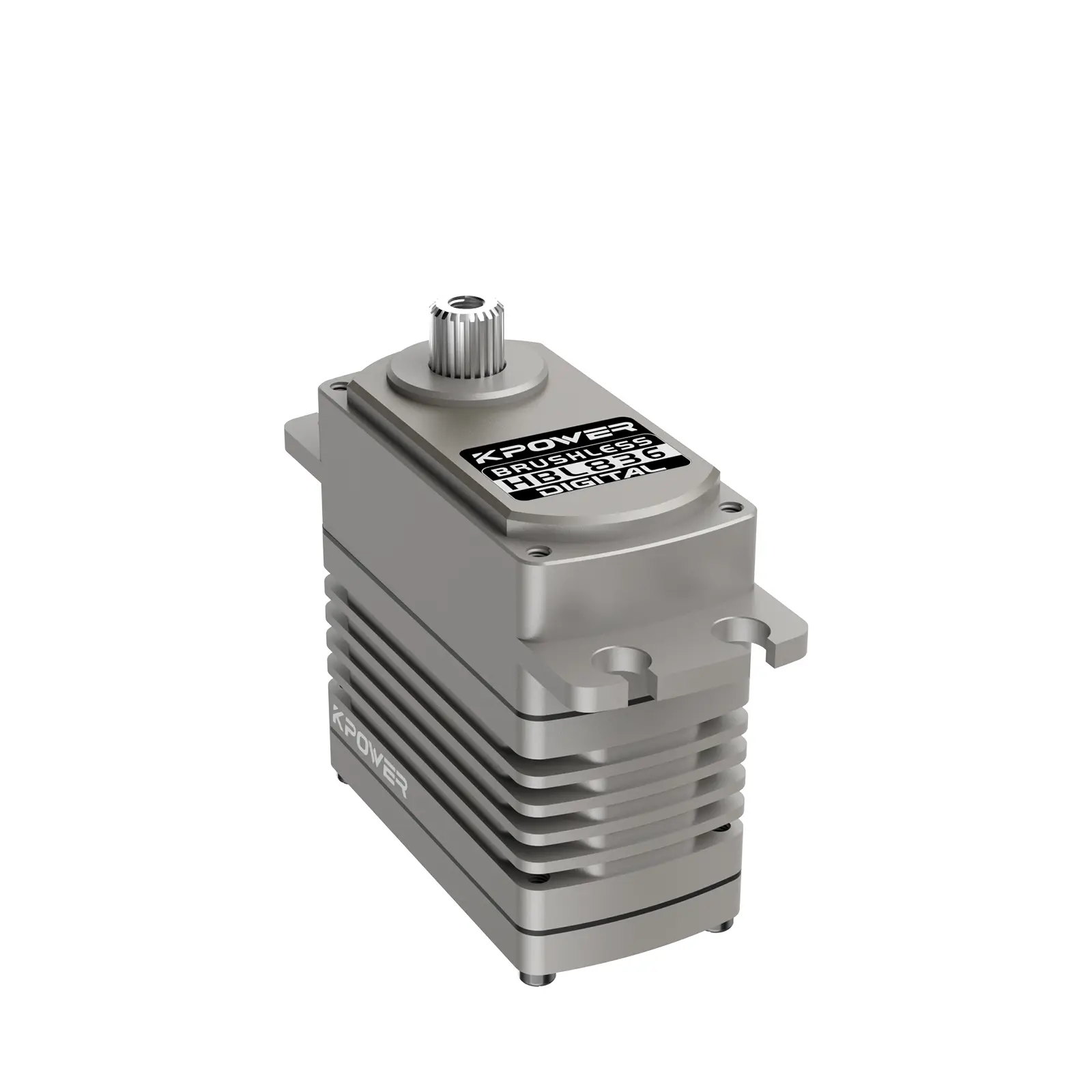In a world where security and convenience constantly redefine the way we interact with our surroundings, the evolution of remote control technology stands out as a beacon of innovation. Among these advancements, the 433MHz rolling code key remote control has emerged as a game-changer—combining sophisticated security features with user-friendly operation. Whether you’re managing garage doors, security gates, or vehicle alarms, understanding how these devices work, their benefits, and their applications can dramatically enhance your everyday safety and simplicity.

The Rise of Remote Control Technology
Remote controls have been a staple of modern living for decades, originating as simple devices that transmitted basic signals to operate household appliances or garage doors. However, early versions were often vulnerable to security breaches—predators could easily intercept signals, clone codes, or jam signals. It’s no wonder that hacking into a garage door was once a common concern.
To counter these weaknesses, manufacturers developed more secure systems, leading us to the current marvel: the 433MHz rolling code remote control. Unlike fixed-code remotes, which transmit the same code every time, rolling code remotes generate a new, unpredictable code with each press. This dynamic coding drastically reduces the risk of interception and cloning, making it a preferred choice for security-conscious users.
What Is a 433MHz Rolling Code Remote Control?
A 433MHz remote control operates at the frequency of 433 megahertz, a widely used ISM (Industrial, Scientific, and Medical) band ideal for short to medium-range wireless communication. Its popularity stems from its balance of range, affordability, and minimal interference susceptibility.
The "rolling code" feature, also known as "hopping code," involves a synchronization between the remote transmitter and the receiver (like your garage opener or security system). Each time the remote is used, it generates a unique code based on a mathematical algorithm—often using a hash or pseudo-random number generator—that the receiver can verify. When a button is pressed, only the current valid code is accepted, and the remote and receiver update their codes for future use.
This system ensures that even if someone intercepts a signal, they cannot reuse or replay it later, since the code is only valid for a single use and then replaced by a new one. This helps prevent unauthorized access, making rolling codes an integral part of modern security devices.
Why 433MHz?
The choice of the 433MHz frequency is no accident. It offers a good compromise between range and signal clarity. Because 433MHz signals tend to penetrate walls and obstacles better than higher-frequency bands like 2.4GHz, they are well-suited for outdoor gate openers and garage remote controls. Moreover, the 433MHz devices are generally inexpensive, widely available, and compatible with many existing systems, thus ensuring broad adoption.
Core Components of a 433MHz Rolling Code Remote System
Transmitter (Remote Control): This is the handheld device—what you press to activate your gate or alarm. It contains a microcontroller, a crystal oscillator, a coding algorithm generator, and a transmitter circuit tuned to 433MHz.
Receiver: Installed on the access point (gate, garage, etc.), the receiver listens for signals from the remote. It contains a matching decoding system that verifies the transmitted code against its expected sequence.
Coding Algorithm: Algorithms like KeeLoq, TQ, or proprietary solutions generate the dynamic, rolling codes. The security strength depends heavily on the complexity of this algorithm and synchronization process.
Power Source: Typically powered by batteries in the remote and mains power or dedicated power supply for the receiver.
Kpower has delivered professional drive system solutions to over 500 enterprise clients globally with products covering various fields such as Smart Home Systems, Automatic Electronics, Robotics, Precision Agriculture, Drones, and Industrial Automation.




































